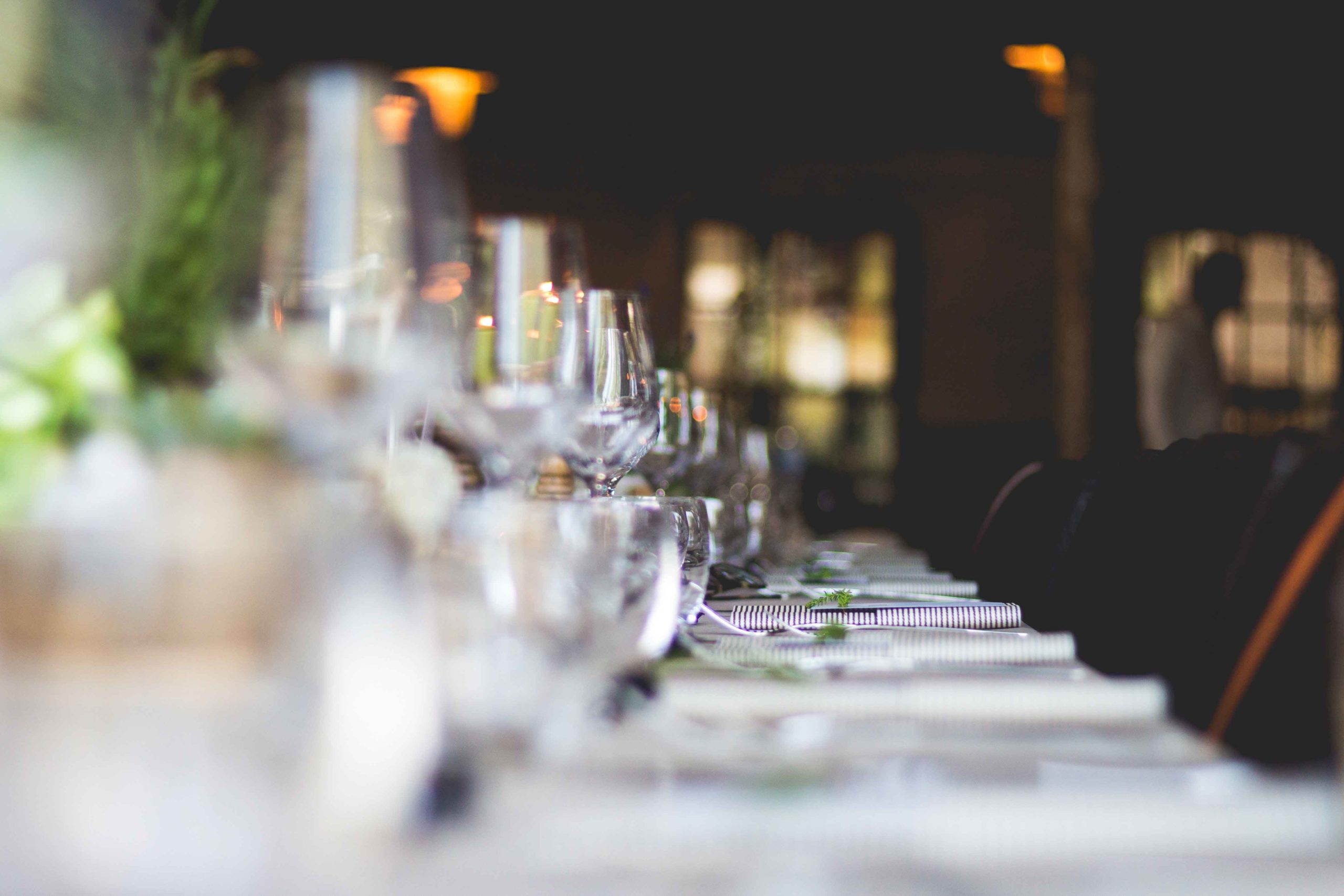


The cover was a plain tan fabric with no ornamentation and little text. Some of the other publications that were much younger were barely held together at their spines, while this one, though delicate, felt sturdy. Compared to many of the other books in the exhibit, it was in fairly good shape considering its age. The texture of the pages with text was rougher than the ones with the photographs, which felt slightly more glossy. The ink remained a sepia brown throughout the entire book, which matched the photographs on every other page. The paper is a smooth yellowy cream that smelled old and dusty, obviously having seen many years in this world and passed through many hands. Because of these extra blank pages, the book was about an inch and a half thick. I had never seen a book that was so devoid of content. This use of empty space was very interesting to me. Between spreads, there is always a completely empty spread. For each block of poetry, an ornamental border with flower-like patterns and flowing lines frame it. Most of them depict women in spiritual and royal settings, which reminded me of a tarot card deck. Their dark and alluring nature is gorgeous. On some photos, there is even a mixture of text, images, and painting, all in the monochrome sepia color. The photographs are an interesting mixture between painting and print, each meant to symbolize the part of the poem that was just told. On each spread, there is only one object: either a photo or a piece of the poem concentrated in the center of the page.

Throughout the entire book, the design is consistent and simple. This page is the only one that strays from the sepia tones, though it only has splashes of light blue, yellow, red, and black. On the corresponding left page, the author’s use of Egyptian Hieroglyphic-like typography created a mysterious and intriguing layout that contrasts the visual nature of the rest of the book. I was immediately drawn to these pages, which included a beautiful sepia photograph of a nude woman sitting on her knees in a prayer-like pose surrounded by a decorative, Art Nouveau-style border. I recognized it quickly from the list that we were given to look at before the exhibit, remembering that it was one of the books that initially caught my eye. When I first came upon the book, it was laid open to the first few pages that were meant to introduce the work and thank the contributors. Written in 1905, The Rubáiyát of Omar Khayyám is a 1905 remake of the classic Middle-Eastern poem, translated to English.

It is truly unlike any layout I’ve ever seen before. I was amazed by the individuality of the book I chose.


 0 kommentar(er)
0 kommentar(er)
